17th May:
We get on the road early as the mountainous road between Chitwan and Kathmandu is closed each day between 11 am and 3pm for repairs and it is most likely a 5 hour drive.
Perhaps some of the traffic problems in Nepal could be avoided if people didn’t all try to edge forward and block the way of oncoming traffic who need to move in order to relieve the bottleneck that is causing the traffic jam in the first place. Binud does some pretty outrageous driving today and it becomes obvious, if this is the driving norm in Nepal, why we see 3 trucks lying on their sides, including an LPG tanker with a few unconcerned bystanders having a smoke.
Another strange habit of the Nepalese is to drive with no lights in the dark. Let’s add texting to that and it seems very plausible that about 300 people a year drive off the road and into the ravines below.
Ten hours later we arrive in Kathmandu in the dark, having sat in a cue of trucks, buses and motorbikes for 4 hours, then crawled home through a storm.
We’ve decided to return to the Life Story Guest-house in Patan for the night because it is homely and familiar.
The next morning we drive up to 2300 metre altitude to Nagarkot which on certain days at this time of the year, has a view of the Himalayan range including Everest if you’re lucky.
It’s seems that we are not particularly lucky in this instance as although the weather is fine, there is a lot of cloud where the mountains should be not to mention a thick smoggy haze.
My rigorous travel planning usually means that we already have accommodation booked, but we take our chances here as it is the quiet season. We end up at “The hotel at the end of the universe”, a place that is clearly popular with the more electric traveller.
Our little house smells like a bach inside and pine needles outside and we feel immediately at home. The reality behind those happy family photos. There’s often a bit of poking and pinching going on behind the scenes.
The reality behind those happy family photos. There’s often a bit of poking and pinching going on behind the scenes.
We meet a hilarious woman called Elizabeth who comes bursting in through the door, panting and complaining of altitude sickness (see more on this later). She has been invited to Nepal on an artist residency but is clearly finding Kathmandu with it’s pollution, traffic congestion and continuous horns blaring, quite overwhelming and has come up to Nagarkot for some peace and quiet.
She is convinced that she has an ear infection from the noise in Kathmandu and her slight hysteria seems to send Roger into a hypochondriac frenzy. (more on that later)
A large number of buildings in Nagarkot were damaged in the Earthquakes. The hotel at the end of the universe is in the process of rebuilding several buildings. This guy is doing a bit of metal joinery, 15 metres up in his jandals.

At around this point in the day, it is becoming obvious that we will never undertake a high altitude trek as a family. Roger appears to be suffering altitude sickness at a modest 2195 metres.
We explore the lookout point which takes us up another 40 meters and this appears to be the tipping point!
I admit to feeling a little breathless myself but Roger has developed a full range of high altitude “symptoms”. We do some google research to find out at what altitude, sickness can occur. It seems that over 2500 can be a mild problem for some.
As we know, Roger has a highly attuned sense of his body and this, along with his supposition that the Nagarkot height has been under-reported, send him into a panic. I suggest a beer which usually seems to fix things, but he has a lay down.
There is a small temple up behind the hotel where Stella and I go to watch the sunset. The bonus of smog is a large red sun that you can directly photograph.
We read by candlelight for a couple of hours (as there is a power cut) then retire for bed early as we’re due to get up at 4am to see the sunrise at the lookout point.
We have an absolutely torturous sleep. Roger is losing the psychological battle with altitude sickness and I have my head underneath the duvet because there is an enormous spider lurking somewhere in our room. We’ve sent Binud back down to spend the night in Kathmandu at his home, as he didn’t seem very impressed with our choice of accommodation. Roger wants to call him at 1am to come and pick him up and return him to a lower altitude but we work together to bring down the stress levels. note; I am not very good at this as my head is under the sheet and I’m losing my patience.
4am comes around fairly quickly and with about 30 minutes sleep under my belt, I wake the kids up and we head off to the lookout, even though we can already see how grey and smoggy the air is.
The silhouette of the top of a mountain against the sun is as close as we get to a Himalayan view but it is very beautiful all the same.
On our way down the mountain I have to stop and vomit, probably from lack of sleep and perhaps food. It is my first experience of vomiting into a drain whilst away and it makes me feel like I’m in the same club as the rest of the family.
Binud is really keen for us to visit his family who all live together in his Uncle’s house, having lost their own house in the Earthquake. After spending some time back at the Life Story guest-house waiting for my stomach to settle, we drive to his house in the pouring rain.
There is an interesting overgrowth of naturally occurring plants in his garden.
He and his wife, his parents and grandparents all live together in his Uncle’s home. 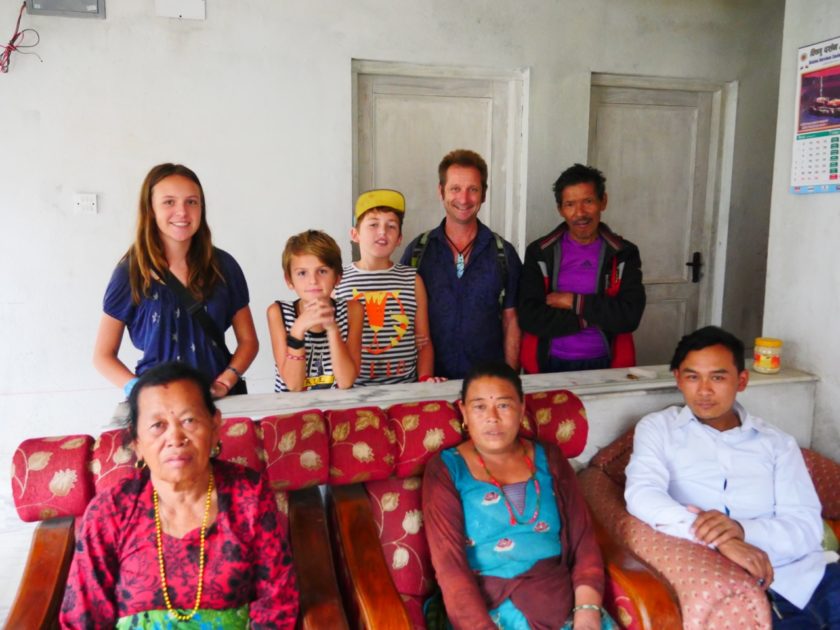
We return to the Patan Durbar Square where there is a political demonstration in full swing.
Nepal’s new constitution, passed in September last year, denies the rights of the Nepalese Madheshis living on India’s border, many of whom have close familial ties with Indians.
It is not entirely clear what is going on in the square today but there are a number of disgruntled protest groups and an enormous police presence.
There are continuous strikes and disruptions to daily life in Nepal at the moment and the Constitution seems to be at the heart of the problem. The blockade at a crucial crossing on the border with India, has halted oil and other essential supplies that landlocked Nepal obtains from its giant neighbour.




We go to the Patan Museum where Elizabeth has an artist studio during her residency. She shows us around the museum grounds which encompass the old palace. There is a whole area put aside for local wood carvers who are undertaking restoration work after the earthquakes. The museum grounds are a peaceful haven from the chaos outside.

On our walk back to the guest-house, we come across the Golden Temple. The main priest of the temple is a young boy under the age of 12, who serves for thirty days before handing the job over to another young boy. For those thirty days, he wears the same robe.
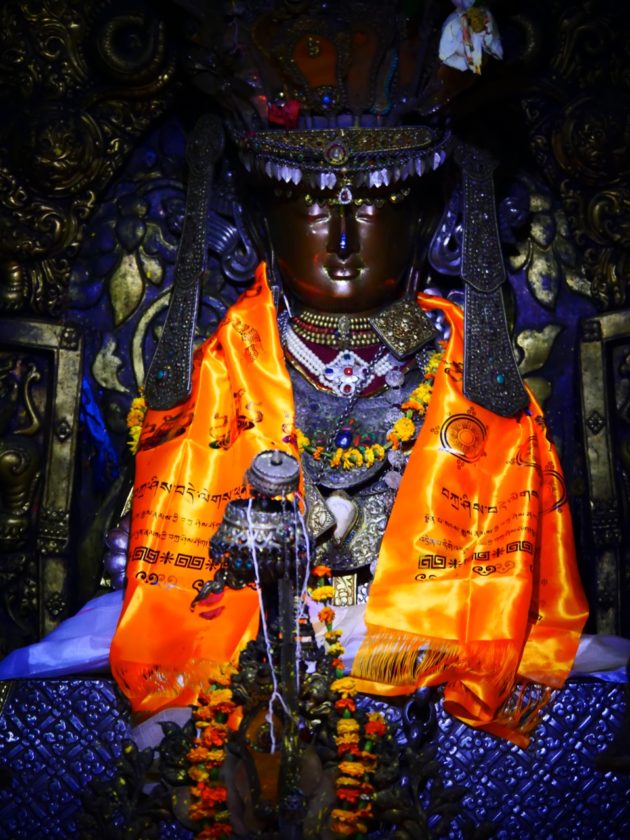

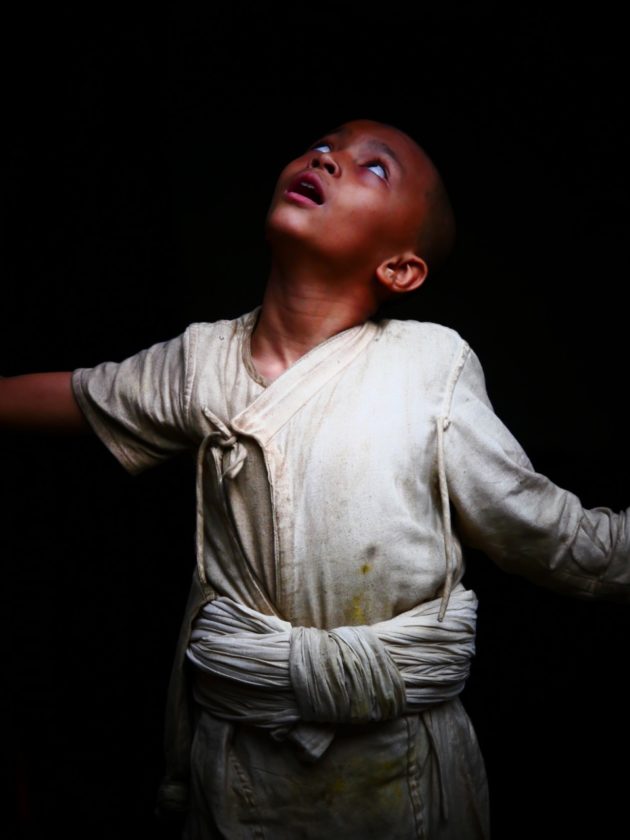

The view out of our Kathmandu window, into the square.
The beautiful source of all the noise every morning at 4am.
On our way out, I spotted this sign which really encapsulates the haphazard nature of Nepal. When we first arrived in Kathmandu, people were preparing for the festival of Buṅga Dyaḥ Jātrā and had built an enormous tower on wheels (some call it a chariot) sitting near the square, which would be wheeled through the streets.
The power lines in Kathmandu which are like nothing I’ve ever seen before, are twisted and bunched into piles like huge vines. When we questioned how the chariot would move through the power lines we were told that they would be cut and perhaps full power would not be restored for some time. We thought they were pulling our leg until we saw this sign.



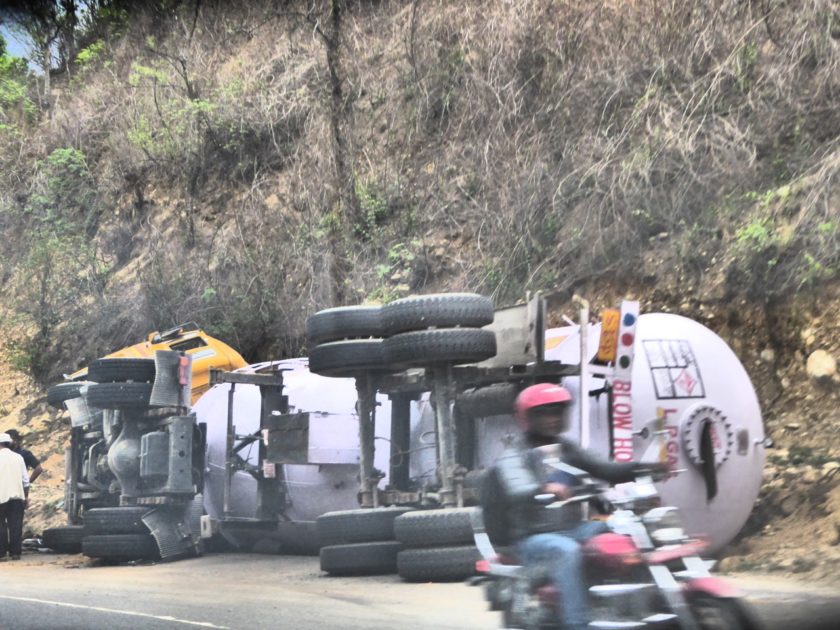

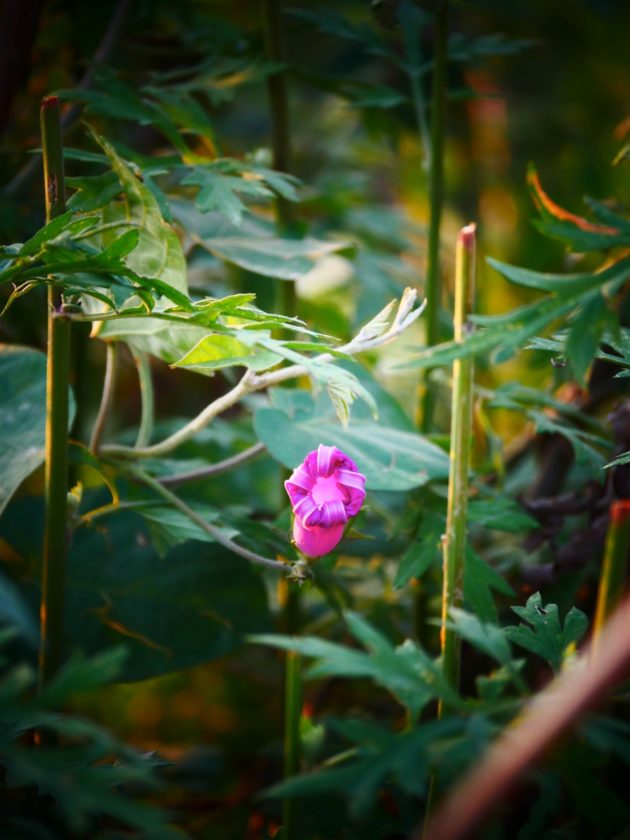








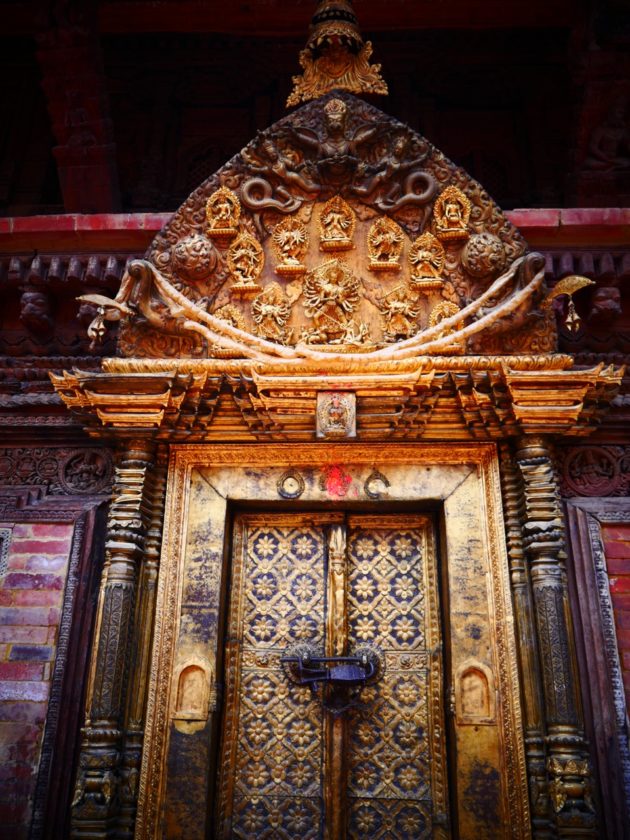











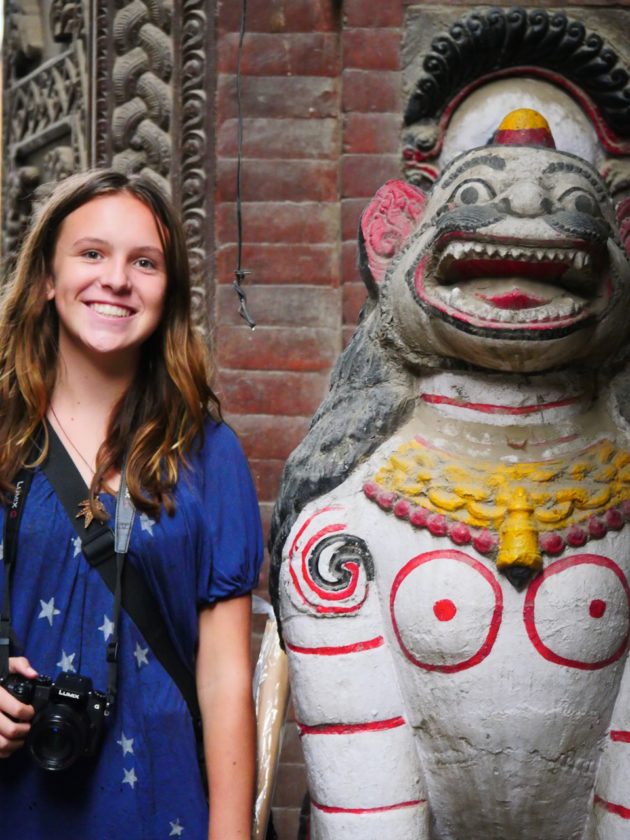


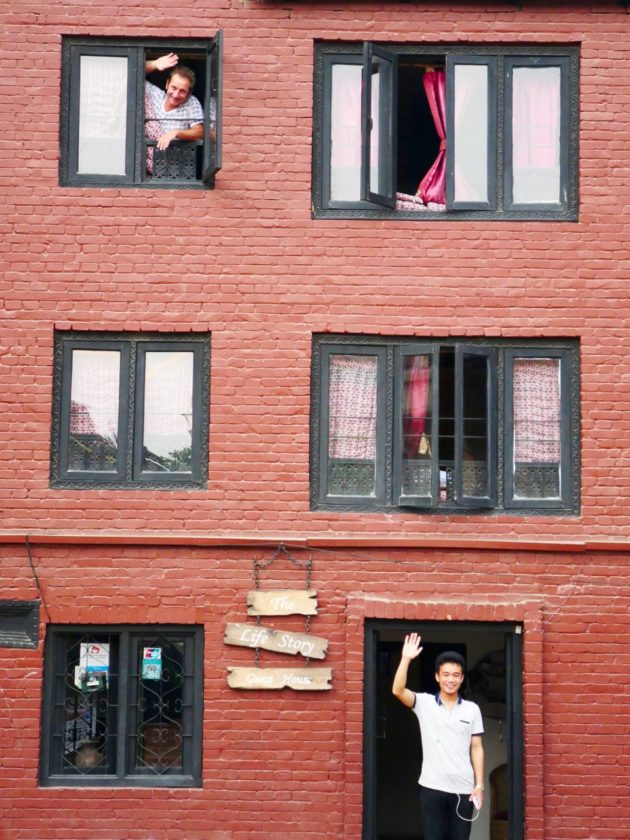



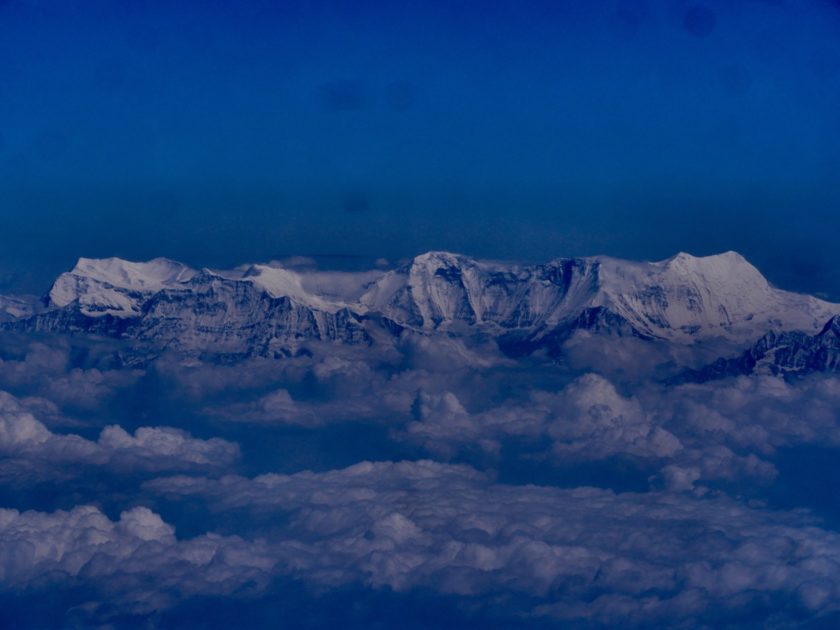

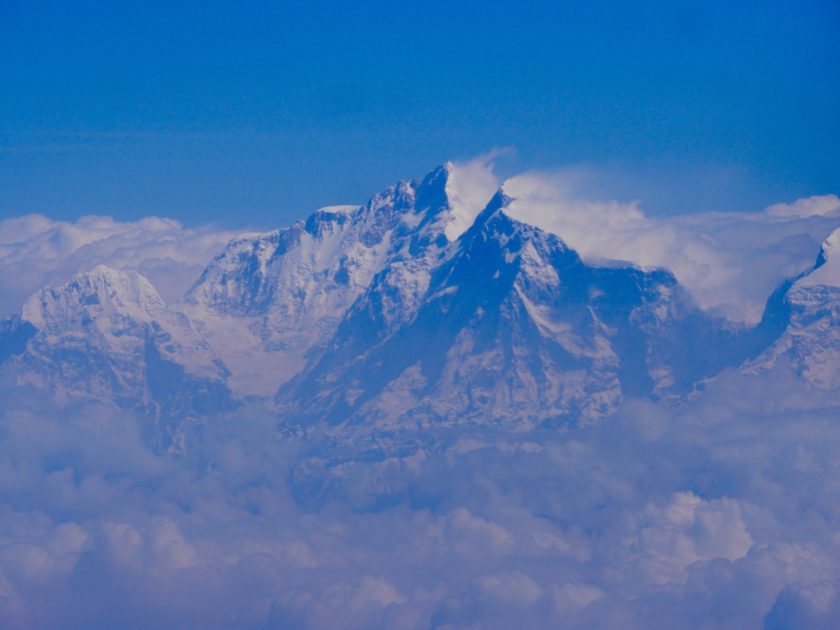
0 Comments